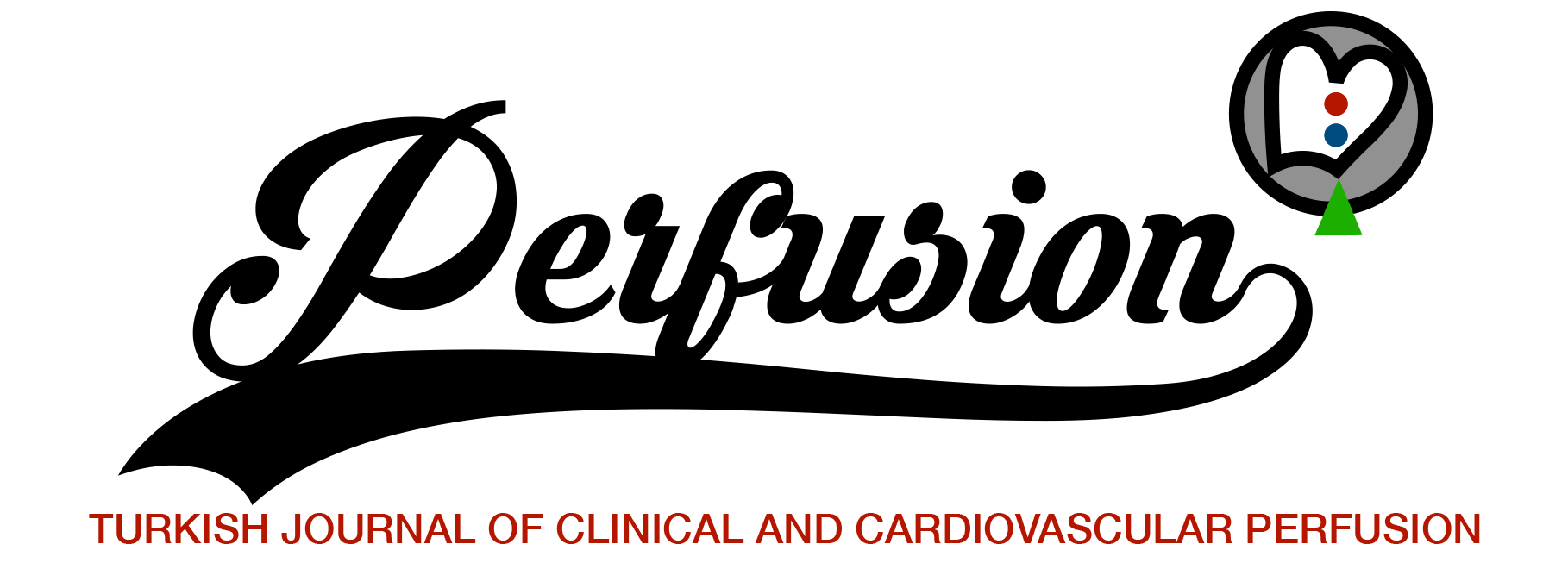Introduction
Recent studies and reviews indicate that pregnant women are more likely to are affected by severe illness and intensive care and mechanical ventilation(1,2,3,4). Coronavirus disease-2019 (COVID-19) was associated with a substantial increase in maternal morbidity and mortality(5). The maternal mortality rates varied widely from 1.35% to 12.3%(6,7,8). Variants of concern have begun to be reported by the World Health Organization (WHO)(9) and the pace of the pandemic has increased. Data on maternal mortality associated with the increasing waves of the pandemic have been accumulated recently(7,10,11,12). As the pandemic progressed, new genetic variants of severe acute respiratory syndrome coronavirus-2 (SARS-CoV-2) were identified in the second half of the 2020(5). In May 2021, the Delta variant was identified as a variant of concern(5), with research indicating that it was more transmissible and that patients with the Delta variant became ill faster and showed higher viral loads in the respiratory tract compared to the other variants(13). Recently, Delta wave was related to a high maternal mortality rate, particularly for unvaccinated pregnant women(7). Nowadays, the Omicron variant has taken the place of the Delta variant and it is identified as a more transmissible variant with decreased severity(14).
Diagnosis of COVID-19 is mainly based on the symptoms of the patient, nasopharyngeal polymerase chain reaction (PCR) test results, and chest imaging tests(9,15). For obstetricians, the lung ultrasound (LUS) is a rapid and safe technique for the triage, diagnosis and follow-up of pregnant women with COVID-19(16,17). Performing LUS right after the fetal assessment for screening of COVID-19 is feasible until PCR results are acquired. It has the advantage of eliminating the ionizing radiation exposure from chest computed tomography (CT) and pregnant women’s concerns about ionizing radiation. LUS is a new thoracic imaging method that is becoming more widely used than other thoracic imaging modalities. Its usage to determine the pulmonary involvement in COVID-19 has increased recently(18). Abnormal LUS findings were found relevant to early admission into intensive care units (ICU) or ICU and mortality in the pandemic(16,18).
The data on maternal mortality rates during the latest variants of the COVID-19 pandemic needs to be updated. In this study, we aimed to investigate the COVID-19 related maternal mortality in connection to Delta and Omicron waves and the impact of LUS in determining disease severity-mortality in one of Turkey’s largest pandemic centers.
Results
Overall, there were 1.065 pregnant women hospitalized due to the COVID-19 infection between March 2020 and January 2022. Fifty-one (4.79%) of these patients had critical sickness, 96 (9.01 percent) of them had a severe illness, 62 (5.82 percent) of them were admitted to the ICU and 28 (2.63 percent) of the hospitalized pregnant women had died. Monthly data for the number of hospitalized patients and the maternal deaths between March 2020 and January 2022 are presented in Figure 1.
Of the 1,065 patients, 783 (73.52%) were hospitalized before the Delta wave with a maternal mortality rate of 1.28% (10/783), 243 were hospitalized during the Delta wave with a maternal mortality rate of 7% (17/243), and 39 (3.66%) patients were hospitalized during the Omicron wave with a maternal mortality rate of 2.56% (1/39) (p<0.001, chi-square=23.71532). There was a significant increase in maternal death with the impact of the Delta wave compared with pre-Delta period [relative risk (RR)=5.478, 95% confidence interval (CI) (2.54-11.8), z=4.342, p<0.001]. The count and the rates of maternal deaths, patients with ICU admission and with severe-critical disease during pre-Delta, Delta, and Omicron waves are summarized in Table 1. There were not any difference between demographic and obstetric characteristics of maternal deaths before and during the Delta wave and these are presented with characteristics of all maternal deaths in Table 1.
References
1Yap M, Debenham L, Kew T, Chatterjee SR, Allotey J, Stallings E, et al. Clinical manifestations, prevalence, risk factors, outcomes, transmission, diagnosis and treatment of COVID-19 in pregnancy and postpartum: A living systematic review protocol. BMJ Open 2020;10:e041868.
2Zambrano LD, Ellington S, Strid P, Galang RR, Oduyebo T, Tong VT, et al. Update: Characteristics of Symptomatic Women of Reproductive Age with Laboratory-Confirmed SARS-CoV-2 Infection by Pregnancy Status - United States, January 22-October 3, 2020. MMWR Morb Mortal Wkly Rep 2020;69:1641-7.
3Gajbhiye RK, Sawant MS, Kuppusamy P, Surve S, Pasi A, Prusty RK, et al. Differential impact of COVID-19 in pregnant women from high-income countries and low- to middle-income countries: A systematic review and meta-analysis. Int J Gynecol Obstet 2021;155:48-56.
4Lokken EM, Walker CL, Delaney S, Kachikis A, Kretzer NM, Erickson A, et al. Clinical characteristics of 46 pregnant women with a severe acute respiratory syndrome coronavirus 2 infection in Washington State. Am J Obstet Gynecol 2020;223:911.e1-911.e14.
5https://www.who.int/en/activities/tracking-SARS-CoV-2-variants/
6Siqueira TS, Souza EKG, Martins-Filho PR, Silva JRS, Gurgel RQ, MTropMed LEC, et al. Clinical characteristics and risk factors for maternal deaths due to COVID-19 in Brazil: A nationwide population-based cohort study. J Travel Med 2022:taab199.
7Aslam J, Masroor M, Mehmood Q-U-A, Arshad M, Jabeen S, Mushtaq MA. Maternal Mortality with SARS-COV-2 during its 4th Wave in Pakistan: The Vaccine Paradox and Pregnancy. J Coll Physicians Surg Pak 2022;32:119-21.
8Torres-Torres J, Martinez-Portilla RJ, Espino-y-Sosa S, Estrada-Gutierrez G, Solis-Paredes JM, Villafan-Bernal JR, et al. Comorbidity, poverty and social vulnerability as risk factors for mortality in pregnant women with confirmed SARS-CoV-2 infection: analysis of 13 062 positive pregnancies including 176 maternal deaths in Mexico. Ultrasound Obstet Gynecol 2022;59:76-82.
9Diagnostic testing for SARS-CoV-2. WHO, Interim guidance 2020:20.
10Mahajan N, Kesarwani S, Salunke C, Kumbhar P, Yenkure P, Shaikh J, et al. Clinical presentation, pregnancy complications and maternal outcomes of SARS-CoV-2 infection in pregnant women during the third wave of COVID-19 in Mumbai, India. Int J Gynaecol Obstet 2021;153:176-9.
11Engjom H, van den Akker T, Aabakke A, Ayras O, Bloemenkamp K, Donati S, et al. Severe COVID-19 in pregnancy is almost exclusively limited to unvaccinated women - time for policies to change. Lancet Reg Heal Eur 2022;13:100313.
12Donati S, Corsi E, Maraschini A, Salvatore MA, Group IW. SARS-CoV-2 infection among hospitalised pregnant women and impact of different viral strains on COVID-19 severity in Italy: a national prospective population-based cohort study. BJOG 2022;129:221-31.
13Shiehzadegan S, Alaghemand N, Fox M, Venketaraman V. Analysis of the delta variant B. 1.617. 2 COVID-19. Clin Pract 2021;11:778-84.
14https://www.ecdc.europa.eu/en/covid-19/variants-concern
15Islam N, Ebrahimzadeh S, Salameh J-P, Kazi S, Fabiano N, Treanor L, et al. Thoracic imaging tests for the diagnosis of COVID-19. Cochrane Database Syst Rev 2021;3:CD013639.
16Tekin AB, Yassa M. Implementation of lung ultrasound in the triage of pregnant women during the SARS-CoV-2 pandemics. Artif Intell Med Imaging 2021;2:56-63.
17Soldati G, Smargiassi A, Inchingolo R, Buonsenso D, Perrone T, Briganti DF, et al. Is There a Role for Lung Ultrasound During the COVID-19 Pandemic? J Ultrasound Med 2020;39:1459-62.
18Gil-Rodríguez J, de Rojas JP, Aranda-Laserna P, Benavente-Fernández A, Martos-Ruiz M, Peregrina-Rivas J-A, et al. Ultrasound findings of lung ultrasonography in COVID-19: a systematic review. Eur J Radiol 2022;148:110156.
19Kalafat E, Prasad S, Birol P, Tekin AB, Kunt A, Di Fabrizio C, et al. An internally validated prediction model for critical COVID-19 infection and intensive care unit admission in symptomatic pregnant women. Am J Obstet Gynecol 2022;226: 403.e1-403.e13.
20Kuzan TY, Murzoğlu Altıntoprak K, Çiftçi HÖ, Kuzan BN, Yassa M, Tuğ N, et al. Clinical and radiologic characteristics of symptomatic pregnant women with COVID-19 pneumonia. J Turk Ger Gynecol Assoc 2021;22:196-205.
21Yassa M, Yassa A, Yirmibeş C, Birol P, Ünlü UG, Tekin AB, et al. Anxiety levels and obsessive compulsion symptoms of pregnant women during the COVID-19 pandemic. Turk J Obstet Gynecol 2020;17:155-60.
22Tug N, Yassa M, Köle E, Sakin Ö, Köle MÇ, Karateke A, et al. Pregnancy worsens the morbidity of COVID-19 and this effect becomes more prominent as pregnancy advances. Turk J Obstet Gynecol 2020;149-54.
23Kalafat E, Yassa M, Koc A, Tug N, TULIP collaboration. Utility of lung ultrasound assessment for probable SARS-CoV-2 infection during pregnancy and universal screening of asymptomatic individuals. Ultrasound Obstet Gynecol 2020;56:624-6.
24Guidelines: H to C the C-19 T, Panel. C-19 TG. Coronavirus Disease 2019 (COVID-19) Treatment Guidelines 2019;2019.
25https://www.trthaber.com/haber/gundem/16-ilde-delta-varyanti-goruldu-yogunluk-istanbulda-590628.html
26https://tr.euronews.com/2021/08/20/sagl-k-bakan-koca-delta-varyant-turkiye-de-yuzde-90-gect



